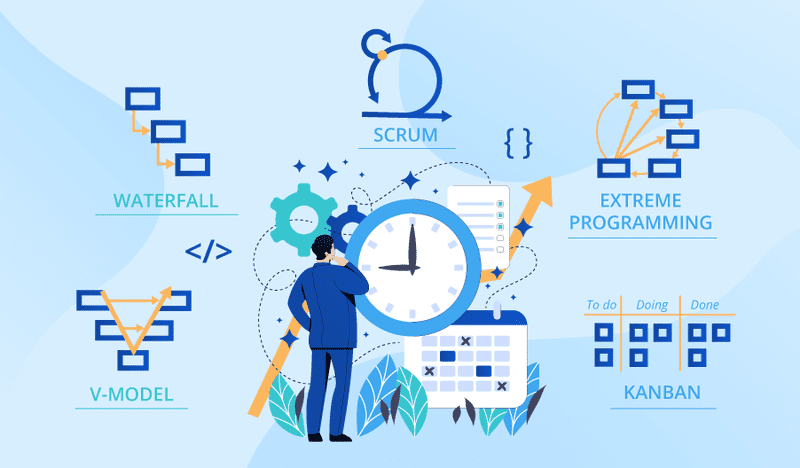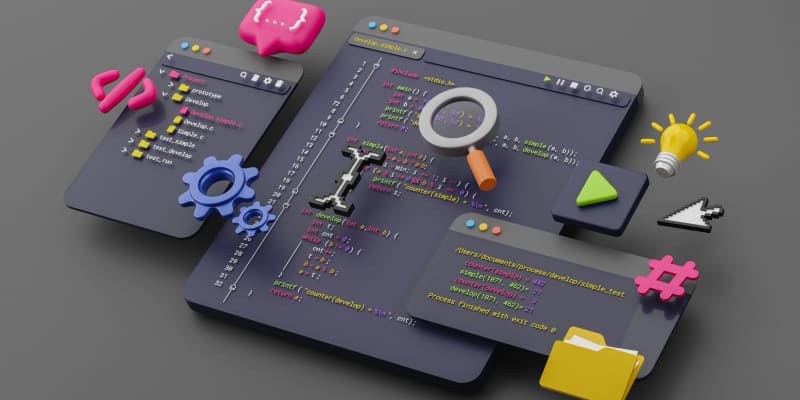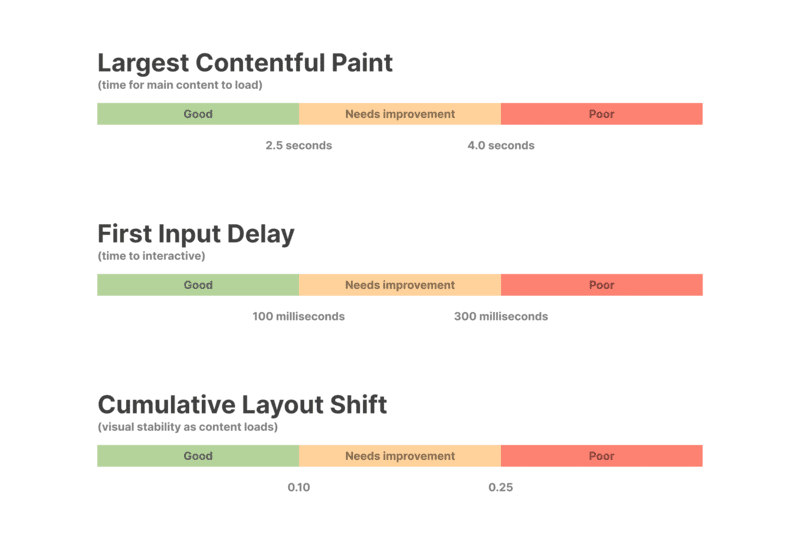
Planning a Software Project: A Practical Guide from the Trenches
After years of launching successful projects (and learning from a few spectacular failures), I’ve come to realize that planning isn’t just a formality—it’s the difference between shipping with confidence and firefighting your way to launch. Let me share what actually matters when planning a software project.
Start with Crystal-Clear Objectives
Before writing a single line of code, you need to answer one fundamental question: What does success look like?
I’ve seen too many projects drift because “build a better user dashboard” meant different things to different stakeholders. Instead, frame objectives using measurable outcomes: “Reduce user onboarding time from 10 minutes to 3 minutes” or “Increase daily active users by 25% within three months of launch.”
Pro tip: Use the SMART framework (Specific, Measurable, Achievable, Relevant, Time-bound), but don’t overthink it. The real goal is ensuring everyone can answer “Are we done?” with the same criteria.
Understand Your Users, Not Just Your Client
Here’s something I learned the hard way: your client knows what they want, but your end users know what they need. These aren’t always the same thing.
Invest time in user research early. Conduct interviews, observe actual workflows, and identify pain points that might not make it into formal requirement documents. I typically use a combination of stakeholder workshops and user testing sessions to triangulate the real requirements. The features that solve genuine user problems are the ones that create lasting value.
Document both functional requirements (what the system should do) and non-functional requirements (how it should perform). Performance benchmarks, accessibility standards, and compliance needs often get overlooked until they become expensive problems.
Define Scope Like Your Budget Depends On It (Because It Does)
Scope creep has killed more projects than bad code ever will. I’m religious about defining what’s in and what’s out from day one.
Create a feature prioritization matrix using MoSCoW (Must have, Should have, Could have, Won’t have) or similar frameworks. Be especially explicit about that “Won’t have” category—it’s not about saying no forever, it’s about protecting your timeline and saying yes to shipping.
When stakeholders propose “just one small addition,” I ask them which existing feature they’d like to trade for it. Scope is finite, and treating it that way keeps everyone honest.
Face Your Risks Head-On
Every project has risks lurking beneath the surface. The question isn’t whether they’ll emerge, but whether you’ll be ready when they do.
I maintain a living risk register throughout planning that covers technical risks (untested integrations, bleeding-edge dependencies), resource risks (key person dependencies, skill gaps), and external risks (vendor reliability, regulatory changes). For each risk, document the likelihood, potential impact, and your mitigation strategy.
The best risk management happens in those uncomfortable conversations early on, not in crisis meetings later.
Architecture: Build for Today, Design for Tomorrow
Your architecture should solve today’s problems while leaving doors open for tomorrow’s opportunities. I’ve learned to resist both over-engineering (building for hypothetical future scenarios) and under-engineering (painting yourself into corners).
Choose patterns and technologies based on your team’s expertise and the problem domain. A microservices architecture might be fashionable, but if your team excels at building Rails monoliths and your project doesn’t need independent scaling, don’t fight that current.
Focus on loose coupling and high cohesion. Make it easy to change your mind later about implementation details without rewriting everything. Document the key architectural decisions and, importantly, why you made them.
Estimate Honestly, Then Add Buffer
Estimation is more art than science, and anyone who tells you otherwise hasn’t shipped enough software. I use story points or ideal days for team estimation, breaking work into small chunks that can be completed in a few days.
Here’s my reality-tested approach: get the team’s honest estimate, acknowledge that unknowns always emerge, and add a buffer (I typically use 20-30% depending on project uncertainty). Then, have a frank conversation with stakeholders about confidence levels.
Never commit to estimates you don’t believe in. The short-term pressure isn’t worth the long-term credibility damage.
Budget for Reality, Not Fantasy
Beyond developer salaries, your budget needs to account for the full lifecycle: infrastructure costs, third-party services, licenses, design resources, QA time, and post-launch support. I always include a contingency fund (10-15%) because something unexpected will happen.
Consider both upfront and recurring costs. That API that seems cheap at 1,000 requests per day might become your biggest expense at scale. Model different usage scenarios to avoid nasty surprises.
Security Isn’t a Feature, It’s a Foundation
I’ve seen too many teams treat security as something to “add later” or handle in a pre-launch audit. This approach is both expensive and dangerous.
Build security into your development practices from day one: threat modeling during design, secure coding standards during implementation, automated security scanning in CI/CD, and regular dependency updates. Follow OWASP guidelines for your technology stack and implement defense in depth—multiple layers of security so no single failure point compromises your system.
Make someone responsible for security (even if it’s part-time) and ensure your team has the training to recognize common vulnerabilities. The cost of prevention is always lower than the cost of breach remediation.
Bringing It All Together
Planning isn’t about creating perfect documentation that sits in a folder—it’s about building shared understanding and reducing uncertainty. The best plans are living documents that evolve as you learn more.
Schedule regular planning reviews (I like bi-weekly check-ins for most projects) to revisit assumptions, adjust for new information, and keep everyone aligned. Stay flexible in your approach but firm on your objectives.
Remember: time invested in thoughtful planning isn’t time wasted. It’s the work that makes everything else possible. Your future self, navigating the complexities of implementation, will thank you for the clarity you created today.


